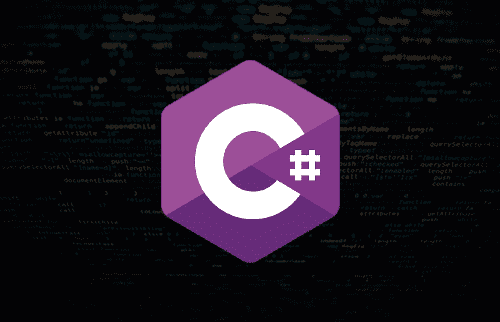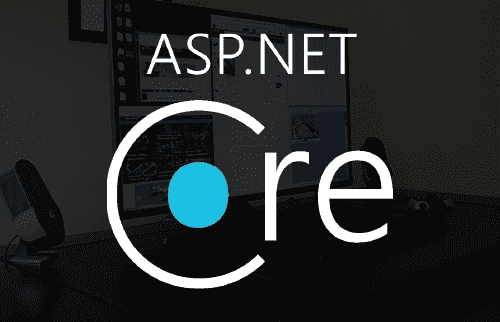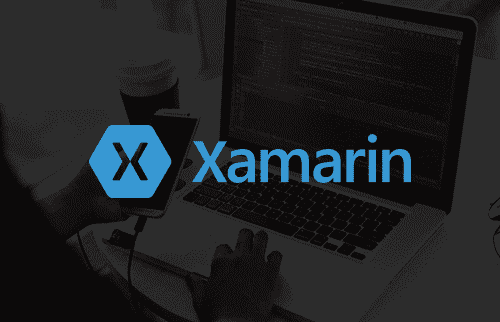البرمجة باستخدام لغة C#
التقييم
المستوى مبتدئ
الشهادة
الاختصار C#
وصف الدورة
This training course teaches developers the programming skills that are required for developers to create Windows applications using the Visual C# language.
During the course trainees will review the basics of Visual C# program structure, language syntax, and implementation details, and then consolidate their knowledge as they build an application that incorporates several features of the .NET Framework 4.7.
أهداف الدورة
Upon completion of this course, trainees should be able to:
- Describe the core syntax and features of Visual C#.
- Create methods, handle exceptions, and describe the monitoring requirements of large-scale applications.
- Implement the basic structure and essential elements of a typical desktop application.
- Create classes, define and implement interfaces, and create and use generic collections.
- Use inheritance to create a class hierarchy and to extend a .NET Framework class.
- Read and write data by using file input/output and streams, and serialize and deserialize data in different formats.
- Create and use an entity data model for accessing a database and use LINQ to query data.
- Access and query remote data by using the types in the System.Net namespace and WCF Data Services.
- Build a graphical user interface by using XAML.
الشريحة المستهدفة
This course is intended for experienced developers who already have programming experience in C, C++, JavaScript, Objective-C, Microsoft Visual Basic, or Java and understand the concepts of object-oriented programming.
Review of Visual C# Syntax
Creating Methods, Handling Exceptions, and Monitoring Applications
Basic types and constructs of Visual C#
Creating Classes and Implementing Type-Safe Collections
Creating a Class Hierarchy by Using Inheritance
Reading and Writing Local Data
Accessing a Database
Accessing Remote Data
Designing the User Interface for a Graphical Application
Improving Application Performance and Responsiveness
Integrating with Unmanaged Code
Creating Reusable Types and Assemblies
Encrypting and Decrypting Data
-
AlTANMYA Address
Damascus, Syria Near the US Embassy, Malki
-
Contact Number
+ (963) 11 334 5537 + (963) 99 6666 037











